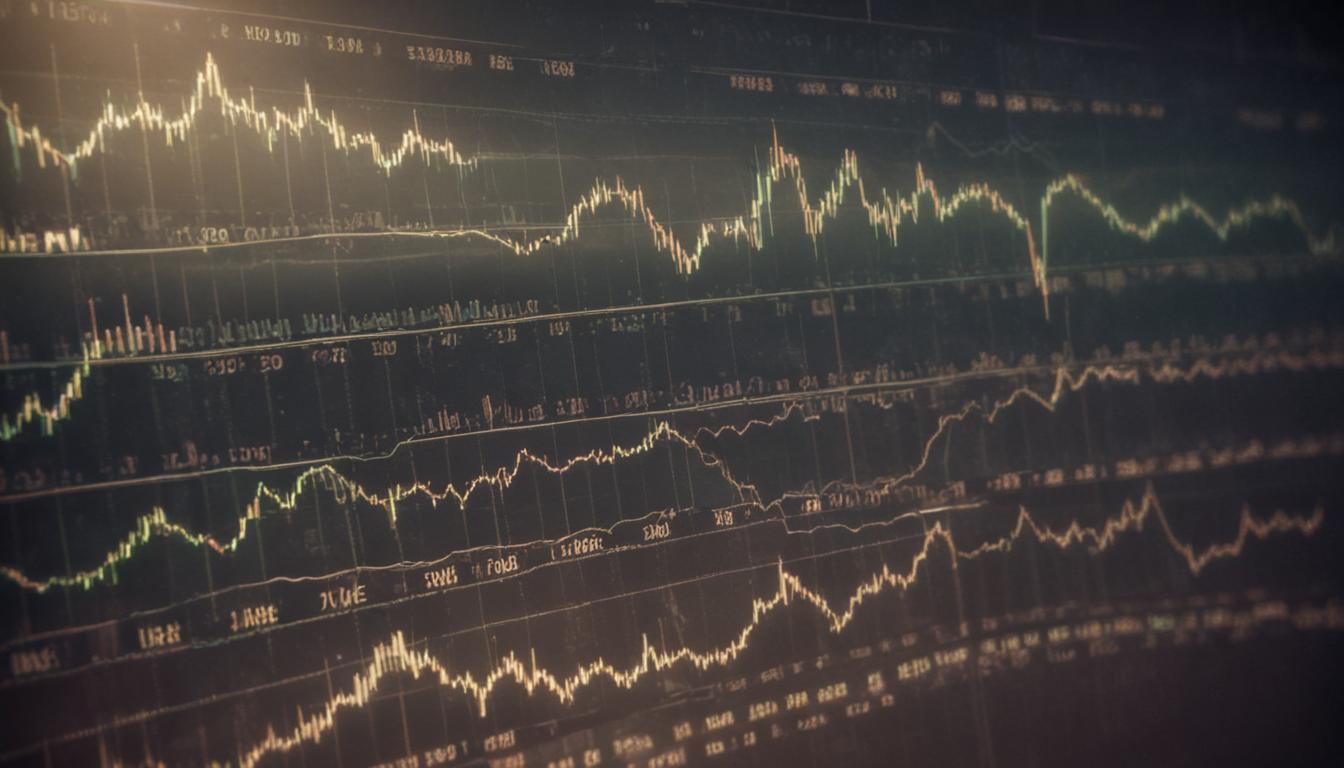Now Reading: Derivatives Explained Why They Matter in Finance
- 01
Derivatives Explained Why They Matter in Finance
Derivatives Explained Why They Matter in Finance

Demystifying Derivatives Understanding Their Crucial Role in Modern Finance
Have you ever heard the word “derivatives” in a financial news report and felt a wave of confusion? It’s often spoken in hushed, serious tones, frequently linked to complex market strategies or even financial crises. This can make the entire topic feel intimidating and inaccessible, like a secret language only Wall Street insiders are meant to understand. You might wonder if they are just complicated gambling tools or if they serve a real, tangible purpose in the economy. The good news is that the core concept behind derivatives is not as difficult as it sounds, and understanding it is key to grasping how modern finance truly works.
This guide is designed to lift the veil on derivatives. We will break down what they are in simple terms, explore their two fundamental roles in the financial world, and walk through the most common types you’ll encounter. By the end, you won’t just know the definition of a derivative; you’ll understand why a farmer in Iowa, a major airline, and a global technology company all depend on these powerful financial instruments to operate successfully.
What Exactly Is a Financial Derivative
At its heart, a financial derivative is simply a contract between two or more parties. What makes it unique is that its value is not inherent; instead, its value is derived from an external, underlying asset or benchmark. Think of it like a ticket to a concert. The paper ticket itself has very little intrinsic value. Its real value comes from the event it represents—the performance by the band. If the band becomes more popular, the value of that ticket might go up. If the concert is canceled, the ticket becomes worthless. The ticket’s value is derived from the concert, just as a derivative’s value is derived from its underlying asset.
These underlying assets can be almost anything with a fluctuating value. The most common include stocks, bonds, commodities like crude oil, gold, or agricultural products like wheat and coffee. They can also be based on interest rates, market indexes like the S&P 500, or foreign currency exchange rates. The derivative contract is essentially a bet or an agreement on the future price movement of this underlying asset, allowing individuals and companies to manage risk or seek profit without having to own the asset directly.

The Two Primary Functions of Derivatives Hedging and Speculation
While derivatives can seem endlessly complex, almost all of their uses can be boiled down to two primary functions hedging and speculation. These two purposes are like two sides of the same coin. One is focused on minimizing risk, while the other is focused on taking on risk in the pursuit of profit. Understanding this dual role is the most important step in understanding why derivatives are so integral to the global economy.
Understanding Hedging A Tool for Risk Management
Hedging is the most common and arguably the most important role of derivatives. It is a strategy used to reduce the risk of potential financial loss from adverse price movements in an asset. In essence, hedging with derivatives is like buying insurance for your finances. A classic example is a wheat farmer who plants a crop in the spring but won’t harvest it until the fall. The farmer is worried that the price of wheat might drop by the time of the harvest, which would slash their profits. To hedge this risk, the farmer can enter into a futures contract—a type of derivative—to sell their wheat at a predetermined price in the future. If the market price of wheat drops, the farmer is protected because they have already locked in a higher sale price. They sacrifice the chance of a massive profit if prices soar, but in exchange, they gain certainty and protection from a disastrous loss.
This same principle applies across industries. An airline might use derivatives to lock in a future price for jet fuel, protecting it from sudden oil price spikes that could otherwise cripple its business. A multinational corporation that earns revenue in euros but reports its profits in U.S. dollars can use currency derivatives to hedge against unfavorable exchange rate fluctuations. In this sense, derivatives are a vital tool for business planning and stability, allowing companies to focus on their core operations without being at the complete mercy of volatile market prices.
The Other Side of the Coin Speculation
Where there is a hedger looking to offload risk, there is often a speculator willing to take it on. Speculation is the act of using financial instruments to bet on the future direction of an asset’s price in the hope of making a profit. Speculators are not trying to minimize risk related to a commercial activity; they are intentionally taking on risk. For example, a trader who believes that the price of gold is going to rise significantly over the next three months doesn’t need to buy, transport, and store physical gold bars. Instead, they can buy a call option—a derivative that gives them the right to buy gold at today’s price in the future. If the price of gold skyrockets as they predicted, they can exercise their option, buy the gold at the lower locked-in price, and immediately sell it at the higher market price for a substantial profit.
This speculative function is crucial for financial markets because it provides liquidity. Speculators provide the other side of the trade for hedgers. The farmer needs someone to agree to buy their wheat in the future, and a speculator, betting that prices will rise, is often the one to take that bet. While speculation is often viewed negatively, especially when it leads to large losses or market instability, it is an essential component that makes hedging possible and helps in the process of price discovery for assets across the economy.
Common Types of Derivatives Explained Simply
While there are countless variations, most derivatives fall into a few main categories. Understanding these basic types provides a strong foundation for recognizing how they work in practice.
Futures and Forwards
Futures and forwards are both contracts that obligate the parties to buy or sell an asset at a predetermined price on a specific future date. The main difference lies in their standardization. Futures contracts are highly standardized and traded on public exchanges, like the Chicago Mercantile Exchange. This makes them transparent and liquid. The farmer’s wheat contract is a classic example of a futures contract. Forwards, on the other hand, are private, customizable agreements between two parties. They are not traded on exchanges and can be tailored to the specific needs of the buyer and seller, but this also makes them less liquid and subject to counterparty risk (the risk that the other party will default on the agreement).
Options
An option is a more flexible type of derivative. It gives the buyer the right, but not the obligation, to buy or sell an underlying asset at a set price (the “strike price“) on or before a specific date. A call option gives the right to buy, while a put option gives the right to sell. The buyer of the option pays a fee, known as the “premium,” for this right. The key here is the lack of obligation. If the market moves against the option holder, they can simply let the option expire and lose only the premium they paid. This limited downside is what makes options so popular for both hedging and speculation.
Swaps
Swaps are agreements where two parties agree to exchange a series of future cash flows. The most common type is an interest rate swap. Imagine a company has a loan with a variable interest rate but is worried that rates will rise. It can “swap” its variable-rate payment with another company or bank that has a fixed-rate loan and prefers a variable rate. The first company now makes predictable, fixed-rate payments, eliminating its interest rate risk. Swaps are workhorse instruments used by corporations and financial institutions to manage their debt and cash flow risks on a massive scale.



































